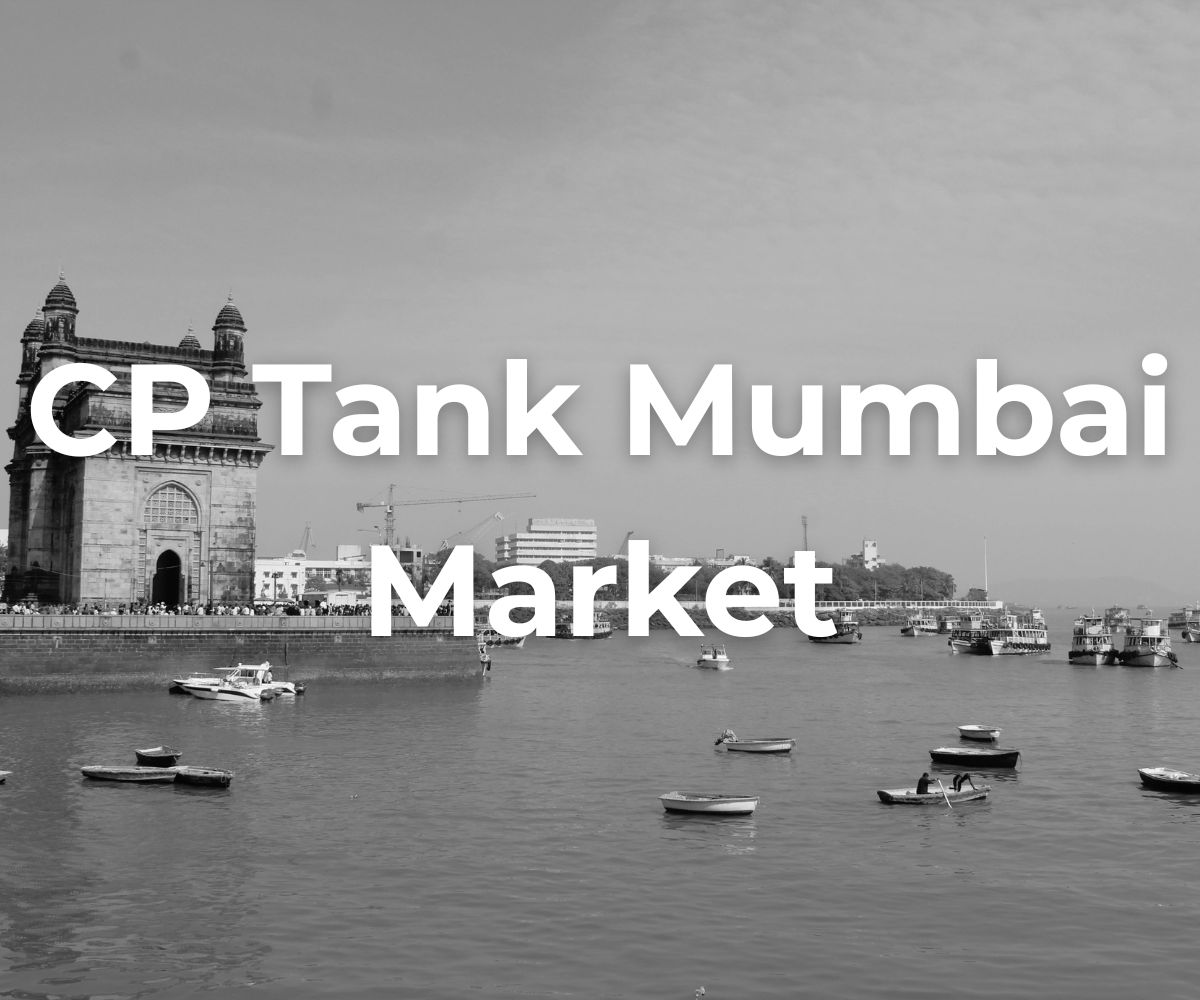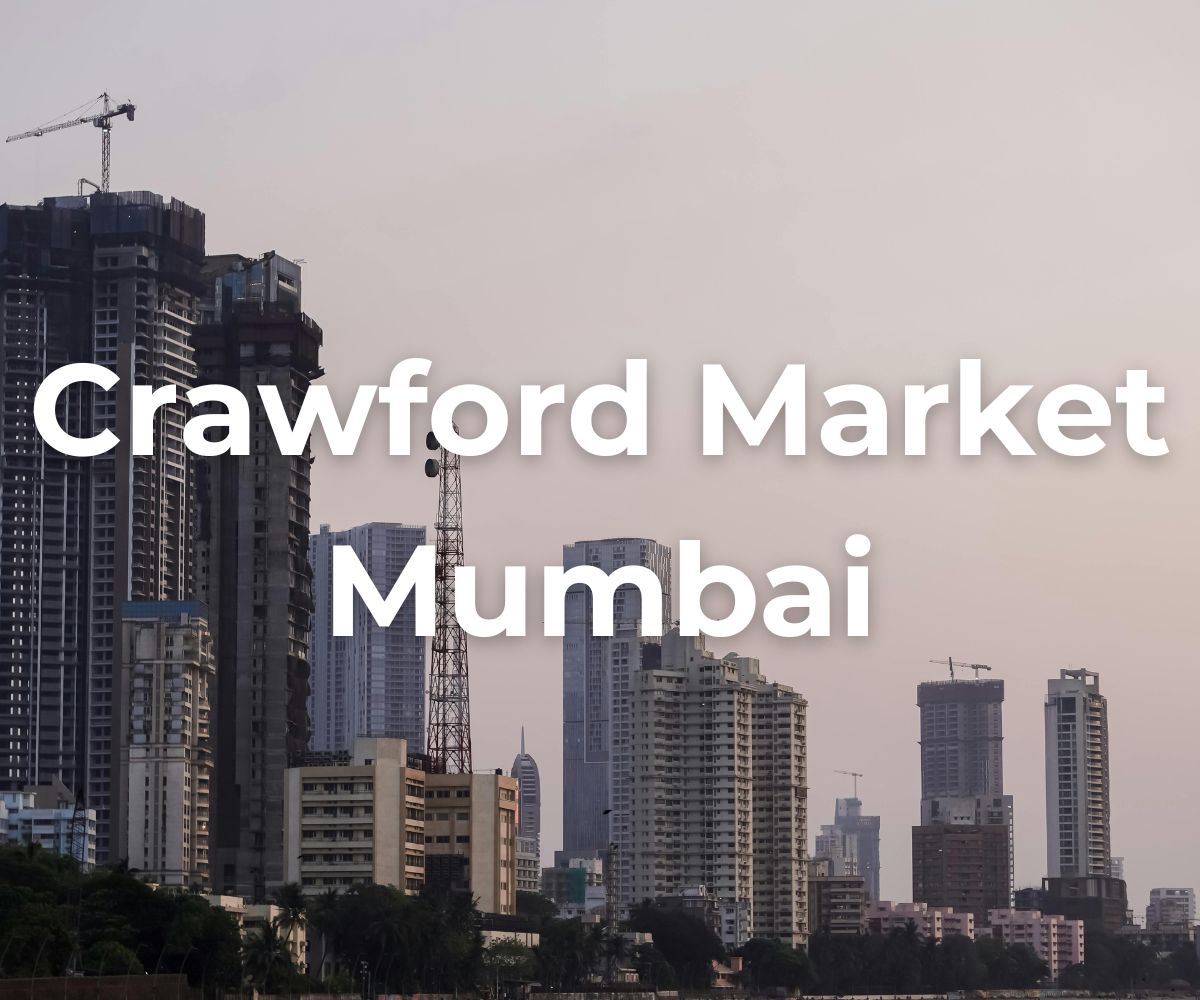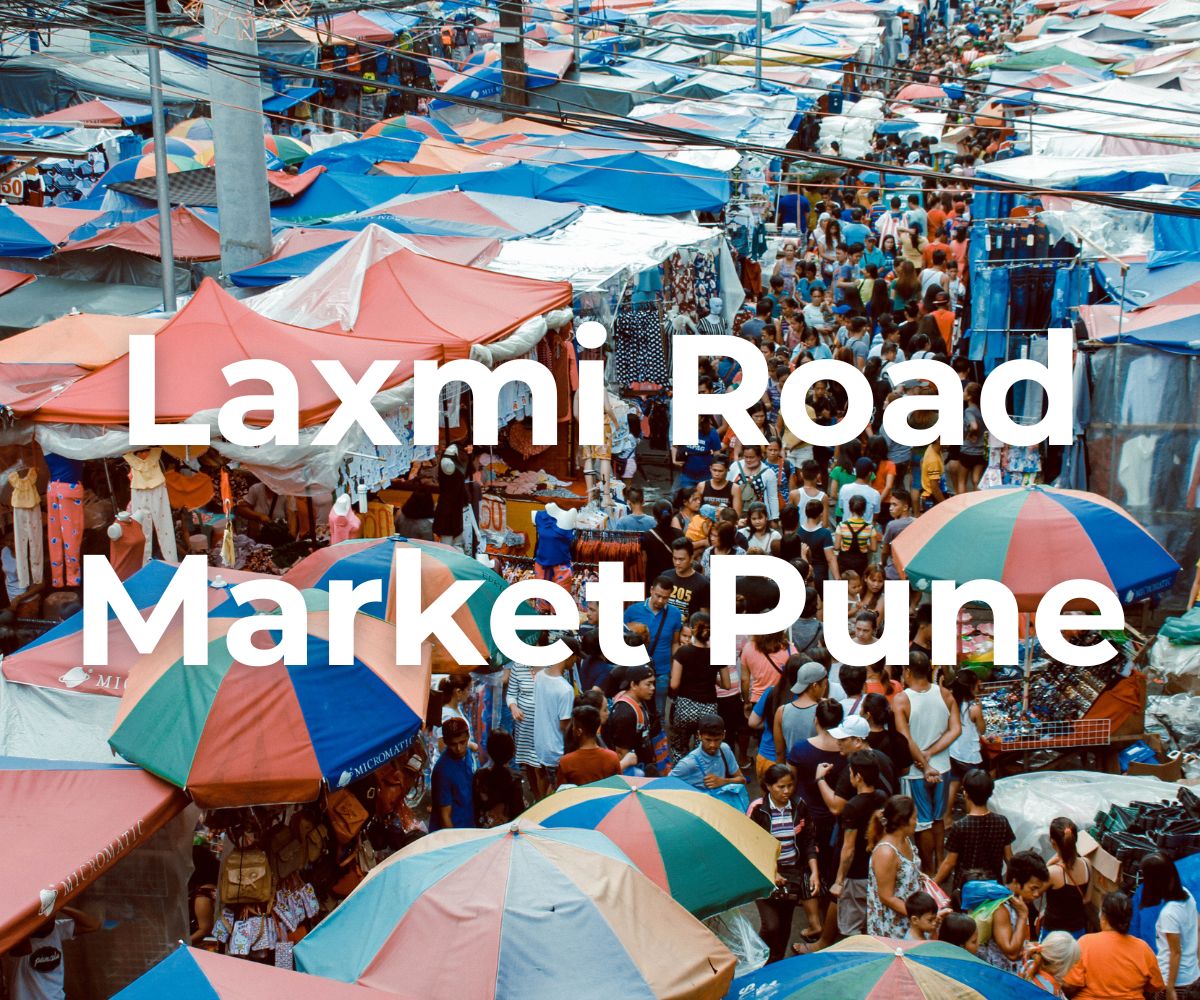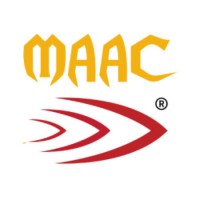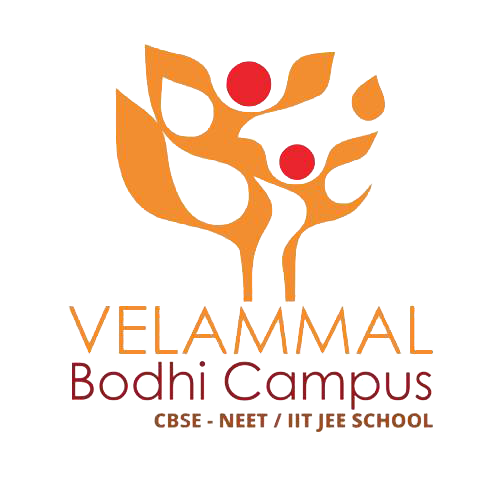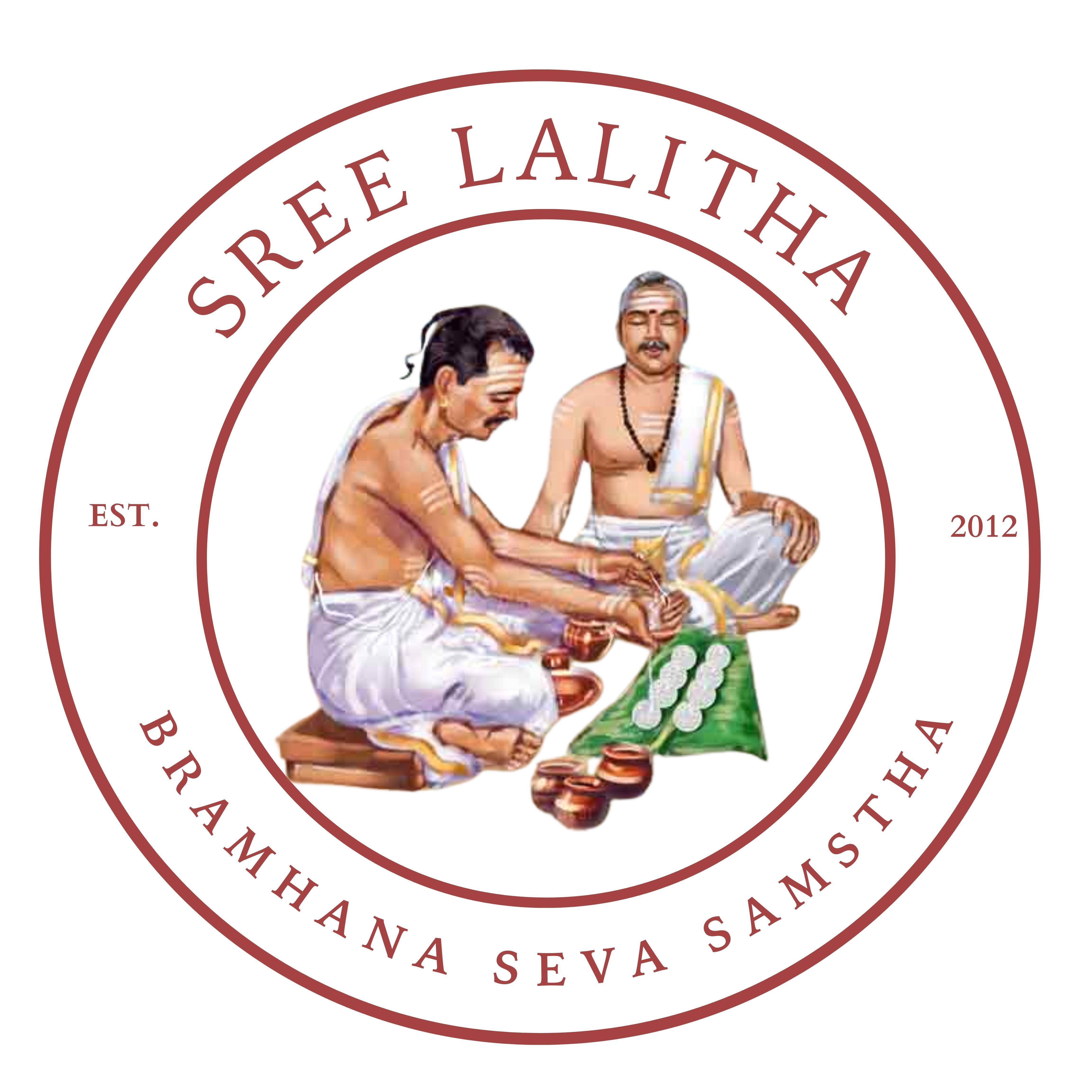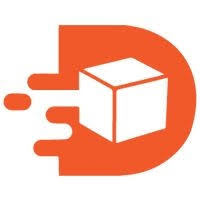cp tank mumbai market
Description
CP Tank Mumbai: The Heartbeat of South Mumbai’s Markets
Tucked in the dense maze of Bhuleshwar, Kalbadevi, and Girgaon, CP Tank — short for Cawasji Patel Tank — is a living reminder of Mumbai’s trading legacy. Unlike the air-conditioned malls that now dot the city, CP Tank is a labyrinth of narrow lanes, old-world stores, and streets humming with conversation, negotiation, and energy. The market stretches around what was once an 18th-century reservoir and has since transformed into one of Mumbai’s busiest commercial neighbourhoods.
Today, CP Tank is a microcosm of Mumbai’s mercantile soul — a space where tradition, trade, and community intersect. It caters to everyone: from brides searching for bangles, to hoteliers sourcing stainless steel cookware, to tourists drawn by the market’s chaotic charm.
A Short History: From Water Tank to Market Hub
The story of CP Tank begins in 1776, when philanthropist Cowasji Rustamjee Patel funded the construction of a public water tank for Girgaon’s residents. Like other famous tanks of colonial Bombay, this one too served as a vital water source before piped supply systems were developed. With modernisation, the tank was filled in, but its name survived and shaped the identity of the surrounding locality.
The area’s transformation from a water reservoir into a thriving marketplace mirrors Mumbai’s own evolution. Once dependent on natural water tanks, the city grew into a powerhouse of commerce. CP Tank became a nucleus of wholesale and retail trade, its lanes connecting seamlessly with neighbouring Crawford Market, Bhuleshwar, and Zaveri Bazaar.
The Market’s Two Worlds: Wholesale and Retail
CP Tank functions like two markets in one — a wholesale powerhouse by day and a retail wonderland by evening.
Wholesale Core:
During mornings, the market buzzes with traders buying in bulk. From utensils and cookware to pooja samagri and decorative brassware, CP Tank supplies countless small retailers across Mumbai. Shopfronts double as mini-warehouses, with handcarts moving cartons through the lanes.
Retail Pulse:
As the sun dips, the wholesale rhythm gives way to retail bustle. Families, brides-to-be, and bargain hunters fill the alleys, searching for accessories, gifts, and home goods. Prices are negotiable, and the experience is tactile — touch, test, and bargain until you find the perfect piece.
What to Buy at CP Tank
CP Tank’s diversity is what makes it exceptional. Each lane specialises in something different, yet all contribute to the same sensory overload.
1. Bangles and Imitation Jewellery
This is CP Tank’s most famous draw. Rows of glass, metal, and plastic bangles glitter under bright tube lights. Bridal sets with kundan, mirror, or stone work fill display cases. Alongside bangles, shops sell imitation jewellery — necklaces, jhumkas, maang tikkas, and anklets. Prices range from low-cost pieces to elaborate wedding sets, all far cheaper than showroom rates.
2. Stainless Steel and Metal Utensils
Entire shops gleam with polished cookware. You’ll find everything from pressure cookers and kadais to full dinner sets, idli makers, and chafing dishes. Many stores cater to hotels and caterers, offering heavy-gauge or triply steel for commercial kitchens. Bulk buyers receive steep discounts, but even home cooks find excellent deals on durable steelware.
3. Brass and Copperware
For temple décor or festive gifts, brass and copper goods dominate. Urli bowls, lamps, thalis, and kalash occupy front windows, while pooja accessories fill side shelves. Shoppers check seams, polish, and weight to judge quality. Many opt for lacquer-coated finishes that resist tarnish and require less upkeep.
4. Pooja and Festival Items
CP Tank is a one-stop shop for bells, diyas, incense stands, wicks, and camphor burners. During Diwali or Navratri, shops overflow with decorative torans, silver foils, and gift sets. Families preparing for weddings or temple events often buy in bulk, combining purchases with nearby saree or jewellery shopping.
5. Storage, Serveware, and Household Tools
From spice boxes and tiffins to airtight containers and serving trays, the variety is wide. Side lanes stock hardware, hooks, chains, and fittings. Many visitors bring a measuring tape to ensure lids fit perfectly before finalising bulk orders.
6. Gift Sets and Return Favours
Pre-packed thali sets, diya pairs, copper bottles, or dry fruit trays are popular choices during festive seasons. Many stores personalise items with engraving or stickers for weddings and corporate gifts.
7. Decorative Lighting and Seasonal Décor
Festivals turn CP Tank into a light bazaar. LED strings, brass brackets, hanging lamps, and floating candle sets brighten shopfronts. Testing items before payment is standard practice.
Experience the Energy: The People and the Pulse
Every market breathes through its people. CP Tank thrives on this rhythm — a mix of generations running family stores, porters carrying loads on their heads, and loyal customers who have shopped here for decades.
Shopkeepers are known for their quick arithmetic and sharper memory. Many can recall a buyer’s last order from years ago. Labourers weave through the lanes with grace, balancing cartons and shouting polite warnings as they pass. The crowds are a collage of Mumbai life — brides, college students, restaurateurs, homemakers, and curious tourists all sharing the same narrow path.
Navigating CP Tank: How to Get There and When to Visit
By Train:
The nearest local stations are Marine Lines, Charni Road, and Grant Road (all on the Western line). From any of these, the market is a short cab ride or a short walk away.
By Road:
Taxis and ride-hailing services can drop you near the CP Tank Circle. Expect congestion during peak hours. Parking is limited, so public transport is advised.
Best Time to Visit:
Weekdays between 11 a.m. and 2 p.m. offer the most comfortable experience. Crowds swell after 4 p.m. and during festivals. Sundays are often closed or partially open.
How Long to Spend:
Two to three hours is ideal for exploration. Combine it with nearby markets like Bhuleshwar or Zaveri Bazaar for a full-day shopping circuit.
Bargaining, Etiquette, and Quality Checks
Shopping at CP Tank is an art of patience and politeness.
- Bargain Fairly: Ask for both retail and wholesale prices. Expect 10–30% room for negotiation, depending on quantity.
- Check Quality: Test cookware thickness, inspect brass seams, and ensure electrical items work.
- Take a Sample: For large orders, buy or photograph a sample before confirming the bulk order.
- Carry Change: Cash speeds up transactions, though UPI payments are now common.
- Be Courteous: A smile and friendly banter often lead to better deals.
Before paying, test lids for fit, ensure threads twist smoothly, and check copper items for tin lining if they’re meant for cooking. Take an invoice with GST and verify delivery options for heavy parcels.
The Culinary Detour: Food Near CP Tank
Shopping here pairs naturally with snacking. Small eateries and farsan shops line the streets, serving Mumbai’s iconic vada pav, samosas, and jalebi. A short walk away, “Khao Gully” (Eat Lane) bursts alive in the evenings with pav bhaji, pani puri, kebabs, and Frankies.
Generations-old sweet shops offer Bengali sweets, milk cakes, and malai kulfi. Between purchases, tea stalls provide quick relief with cutting chai — strong, sweet, and perfectly Mumbai.
Cultural and Commercial Significance
Beyond being a shopping zone, CP Tank is a historic and economic landmark. It bridges the cultural heritage of Girgaon with the business intensity of Bhuleshwar and Kalbadevi. The area has long supported Mumbai’s middle-class economy — artisans, jewellers, printers, and traders coexist here.
Printing presses around Khadilkar Marg still produce wedding cards and stationery, linking CP Tank with the city’s celebration economy. Textile traders from nearby Mangaldas Market supply fabrics that complement the jewellery and bangle trade, creating a tightly-knit ecosystem where every lane sustains another.
Real Estate and Redevelopment
Situated in one of South Mumbai’s premium zones, CP Tank’s real estate holds both commercial and nostalgic value. Properties command high prices due to limited availability and central location. Many old chawls are being redeveloped into modern residential towers, gradually changing the skyline but preserving the market’s ground-level commerce.
Street-front shops remain prime assets, offering excellent rental returns thanks to steady foot traffic. Despite modernisation, traders prefer the same narrow storefronts — proof that business thrives best where relationships have deep roots.
Sustainability in Everyday Trade
A unique aspect of CP Tank is its quiet contribution to sustainability. The market promotes long-life materials — steel, brass, and copper — which are durable and recyclable. Many shoppers consciously choose these over disposable plastics. Cleaning and maintaining metalware instead of replacing it aligns with both environmental awareness and traditional frugality.
For copper bottles, a lemon-salt rub restores shine; brass lamps stay golden with gentle polishing. In a city racing toward convenience, CP Tank stands as a reminder that longevity and care still define good trade.
Safety, Accessibility, and Comfort Tips
Crowds are part of CP Tank’s identity, but safety comes first. Keep belongings zipped and close. Use small cross-body bags. Step aside for handcarts, especially during delivery hours. Avoid expensive jewellery or bulky backpacks.
Wear closed shoes — pavements can be uneven, and monsoon waterlogging is common. During heavy rain, lanes grow slippery. Elderly visitors or those with mobility challenges should visit on weekday mornings when the market is calmer.
Suggested Half-Day Route
- 10:45 a.m. — Arrive via Marine Lines or Charni Road.
- 11:00–12:00 p.m. — Explore utensil stores and shortlist cookware sets.
- 12:00–12:30 p.m. — Visit brass and copper shops for décor and pooja items.
- 12:30–1:00 p.m. — Negotiate combined rates, confirm packaging and delivery.
- 1:00 p.m. onward — Walk toward Bhuleshwar for sarees or Zaveri Bazaar for jewellery, then break for snacks.
This circuit covers most essentials while keeping time manageable, especially for first-time visitors.
Nearby Attractions
- Crawford Market (Mahatma Jyotiba Phule Mandai): Fresh produce and imported goods in a historic Gothic building.
- Zaveri Bazaar: Mumbai’s gold and gemstone hub.
- Mumbadevi Temple: A spiritual landmark near Bhuleshwar.
- Girgaon Chowpatty: End your shopping day with a sunset at the seaside.
The Challenges and the Future
CP Tank faces modern challenges — congestion, waste management, and competition from online platforms. Yet its spirit endures. The reason is simple: nothing replaces human interaction. The satisfaction of bargaining, the trust between shopkeeper and buyer, and the joy of finding something unique sustain CP Tank’s appeal.
As metro extensions and redevelopment bring new access, the market’s character is expected to adapt but not disappear. Its diversity and human scale guarantee its place in Mumbai’s future commercial map.
Why CP Tank Matters
CP Tank isn’t just a shopping stop; it’s Mumbai condensed into a few lanes. Here, commerce blends with culture, history with livelihood. The clang of utensils, the sparkle of bangles, and the smell of frying snacks all tell stories of endurance and enterprise.
Generations have traded, celebrated, and survived within these streets — proof that the city’s strength lies not in glass towers but in markets that never lose their heartbeat.
To walk through CP Tank is to witness Mumbai in motion — loud, crowded, practical, and endlessly alive.

